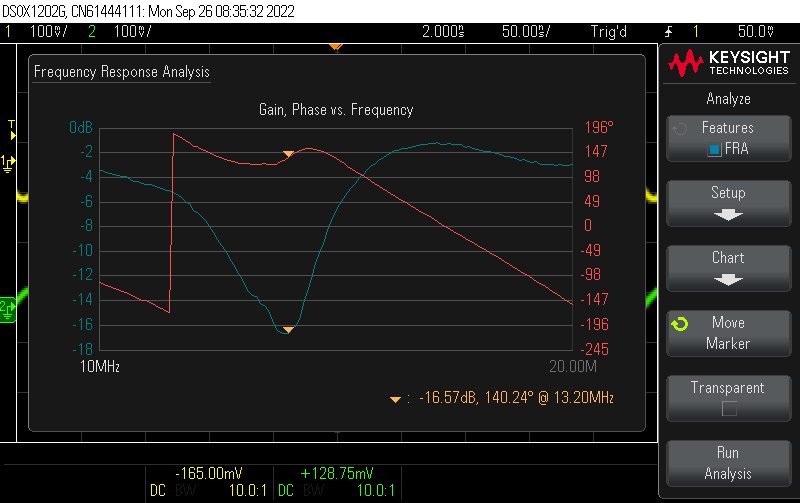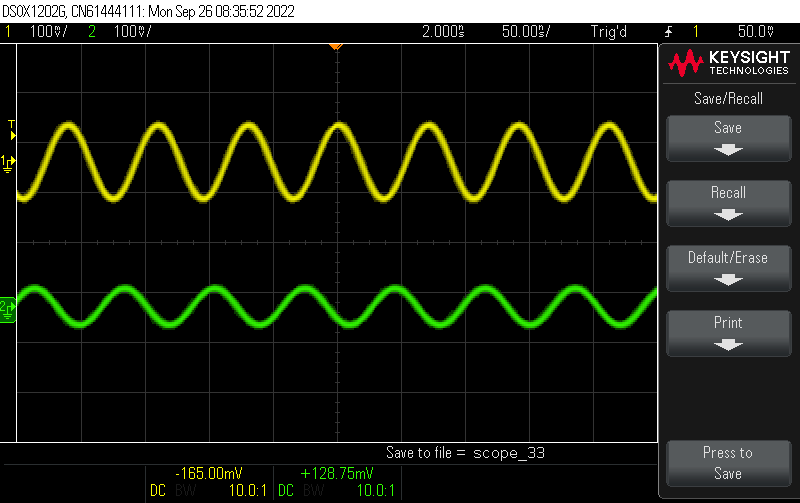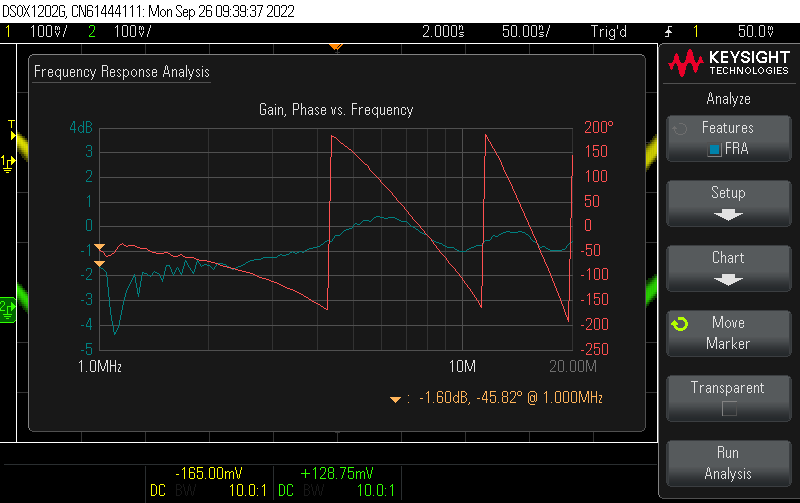
In preparation for some remote portable operation with JOTA (Scouting's Jamboree On The Air) I purchased two MFJ Antennas.
MFJ-2286 "Big Stick" https://mfjenterprises.com/products/mfj-2286. This includes a telescoping antenna, extends to 17 feet, an optional loading coil with tapped shorting clip, and bracket to mount on a vertical or horizontal pipe. It uses a standard 3/8 inch 24 tpi (I think) "CB" antenna mounting thread. The kit includes a hank of 20 AWG Delicate Wire Good For Something maybe a radial. Actually I ended up using the much better radials that came with the 33 foot mast antenna kit.
MFJ-2982 Antenna kit https://mfjenterprises.com/products/mfj-2982 Includes 33 foot fiberglass telescoping mast, about 40 feet of 20 AWG wire for the antenna, and four 12 foot radials with a shared clip; also includes a little plastic box with a toroid choke and a loading coil with clip on shorting wire. The radials are excellent quality, looks like copperweld antenna wire, all four joined to a spade lug (a ring clip that has been snipped) for attachment to a banana socket. The other ends have 1/4 inch ring connectors. The radials get horribly tangled almost instantly, the vertical wire is pathetic but the mast is clever. The choke toroid is pretty good, the delicate wires going through it look good for about 20 watts, not the rated 600, and seem extremely prone to short circuits.
https://mfjenterprises.com/products/mfj-1910 the telescoping mast alone. It is remarkably lightweight, containing about 8 or 10 (I didn't count) thin-wall black fiberglass nested tubes. Each tube is flared out slightly at the bottom, and tapered narrow at the top. So what happens is you pull up the smallest section and its flared bottom engages the inward tapered top of the next larger section. It is a friction fit. Tape the antenna wire to the top, hoist up the sections. Easy Peasy. It is a bit delicate, don't let it fall over and especially don't let the inner section fall down inside while extended. If that happens you unscrew the base cap, pull out the sections, and re-nest them in proper order.
The short answers: The "Big Stick" works; tested on 20 meters. It is super easy to set up and tunes without problem on 20 meters using an ICOM IC-7300 with its built in antenna tuner. Choosing the correct coil tap isn't trivial and this is where an antenna analyzer really comes in handy. In my case, clipping the 4th turn down provides nearly correct tuning. There's a lot of reactance however so I have a doubt how efficient is this antenna.
The 33 foot antenna was a flop. The mast is great; delicate but great for 4o meter vertical quickly set up.
I set up the 33 foot mast expecting some 40 meter work at a scout camp. I could not get it to match the transmitter at any coil setting. So it was a bust. On return home, I put a Keysight DSOX1202G oscilloscope on it; this produces a BODE plot which is good for antenna analysis up to 20 MHz when used with some sort of directional coupler.
As you can see, no resonance dip exists anywhere, in fact, it seems to reflect more power than it is given at the desired operating frequency. Phase goes through several complete cycles as the frequency is shifted but very little in the way of frequency sensitivity. It acts a bit like an open circuit and yet at DC potential I have connection through the ground/shield to radials connector, and from SO239 tip to antenna terminal, and no short circuit between them. This is simple enough that it cannot fail, and yet, it fails. I have a doubt about the flimsy 20 gauge antenna wire for the vertical, and 12 foot radials are not optimum for 40 meters BUT should have given some sort of resonance. As a comparison, I test it with an OPEN connection on the coax (second chart).
NOTE: https://www.youtube.com/watch?v=2nOZ3anOYiY This author on Youtube has the same setup; he gets deep resonance notches. So there's something wrong with my antenna.

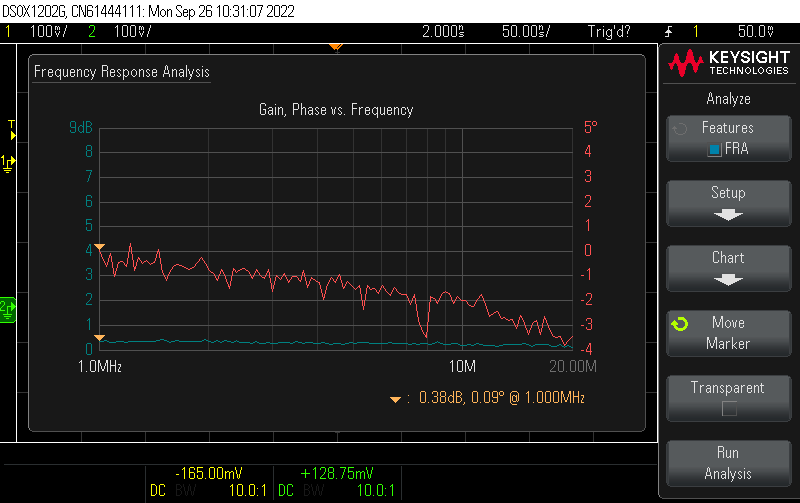
The big Stick worked much better. I purchased an 8 foot 5/8th diameter grounding rod from Home Depot to use as a mast but also for grounding. Whether this is a good idea depends on how many grounds you have, there should be only one station ground somewhere so you don't get ground loops. Anyway, I cut it to 4 feet long and attached the bracket.
This first test is to discover the resonance of just the whip. No radials, no loading coil. I analyze from 1 to 20 MHz, then zoom in a bit for 10 to 20 MHz.
As you can see, the whip itself is slightly too short and resonates around 15 MHz.
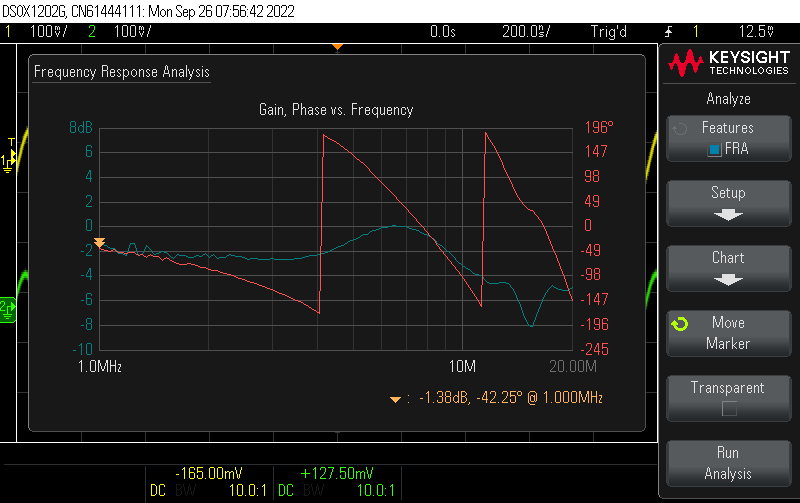
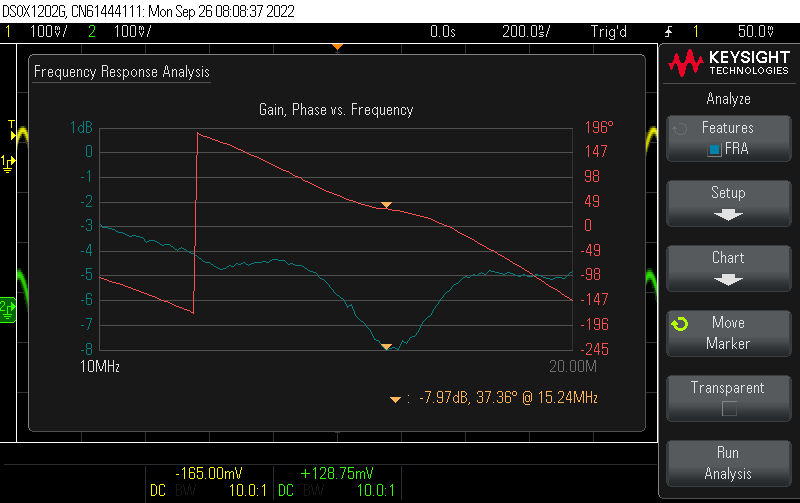
The next test is to insert the loading coil, but fully shorted out. This has the effect of adding about 8 inches to the length of the antenna. It lowers the resonant frequency a bit but still too high.
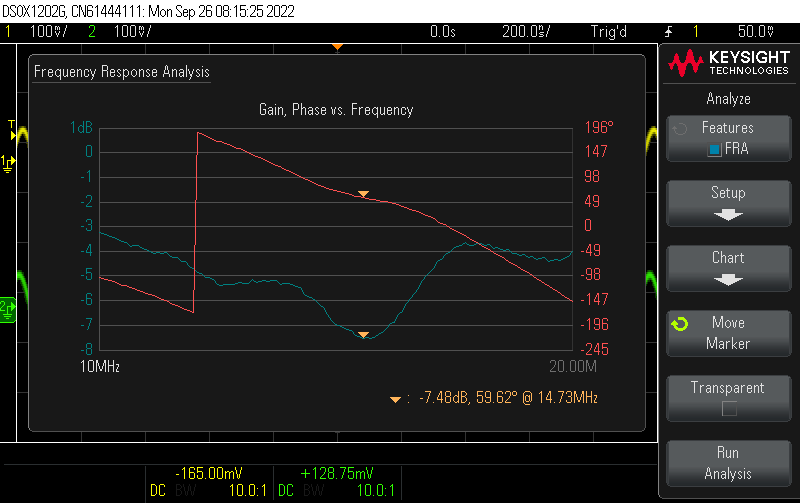
Shorted coils do not seem efficient and there's some discussion on the internet about this common practice of shorting a coil. It is a transformer, and if you short a portion of a transformer, it will consume power turning it to heat. But that's a problem for a different day.

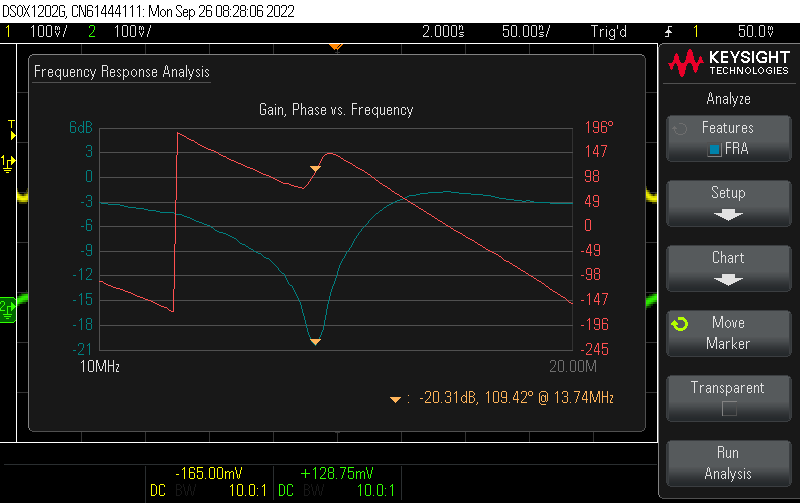
Try 5 turns on the loading coil: Now the frequency is too low, 12 MHz.
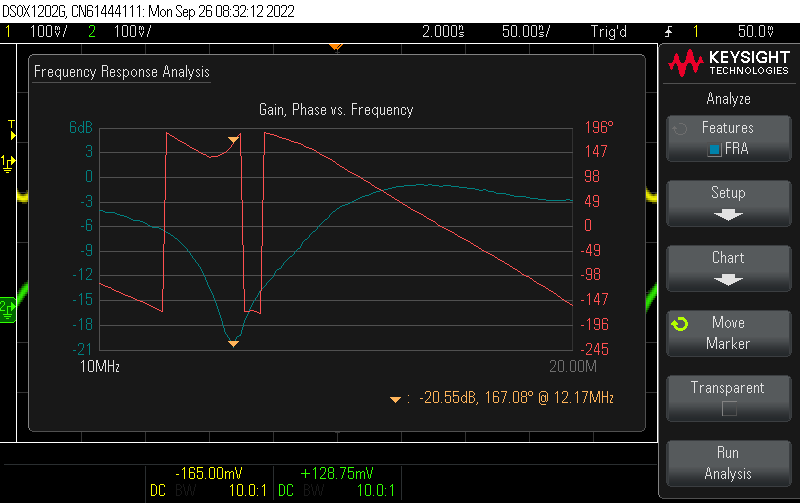
I settle on 4 turns. At this point the radio can match the antenna. Notice a significant phase shift so even though I have located the resonance, it is also reactive at that frequency, and presumably if the phase shift is exacly 90 degrees the antenna is not going to radiate.
I suspect this reactance is due to inadequate length of radials, effectively putting the feed point off-center. I have 17 feet of vertical and only 12 feet of radials, so even having more than one radial does not change that they are not long enough. Adding 4 turns of inductance to the vertical makes it even longer.
